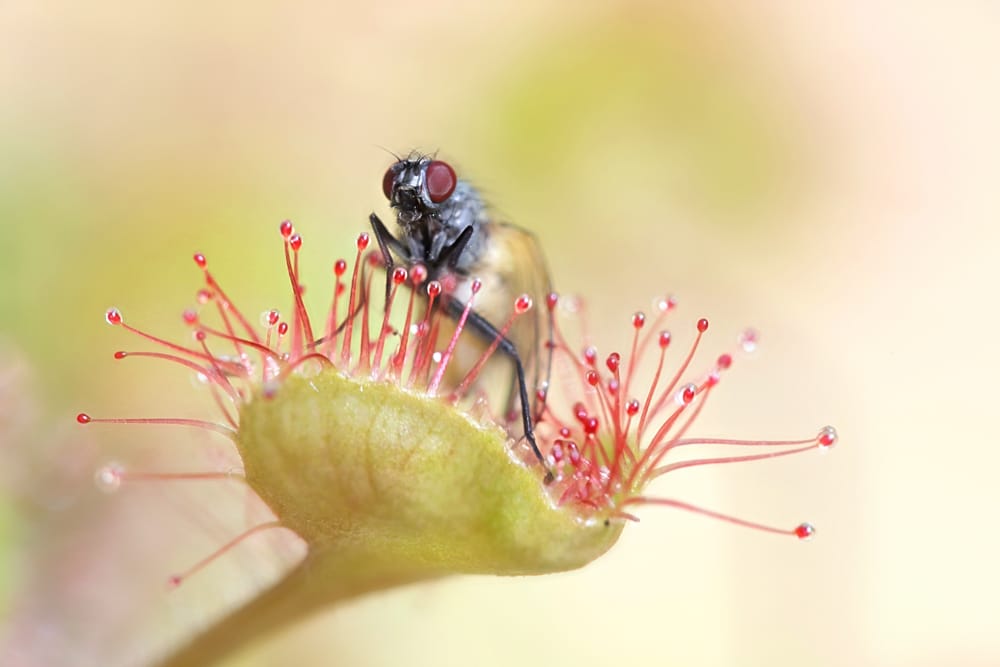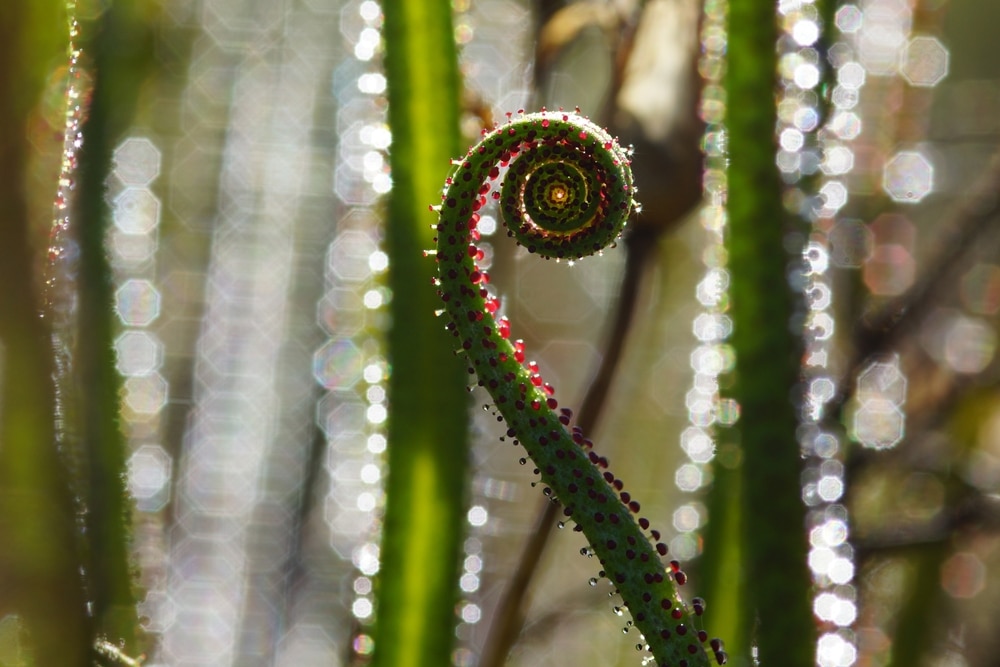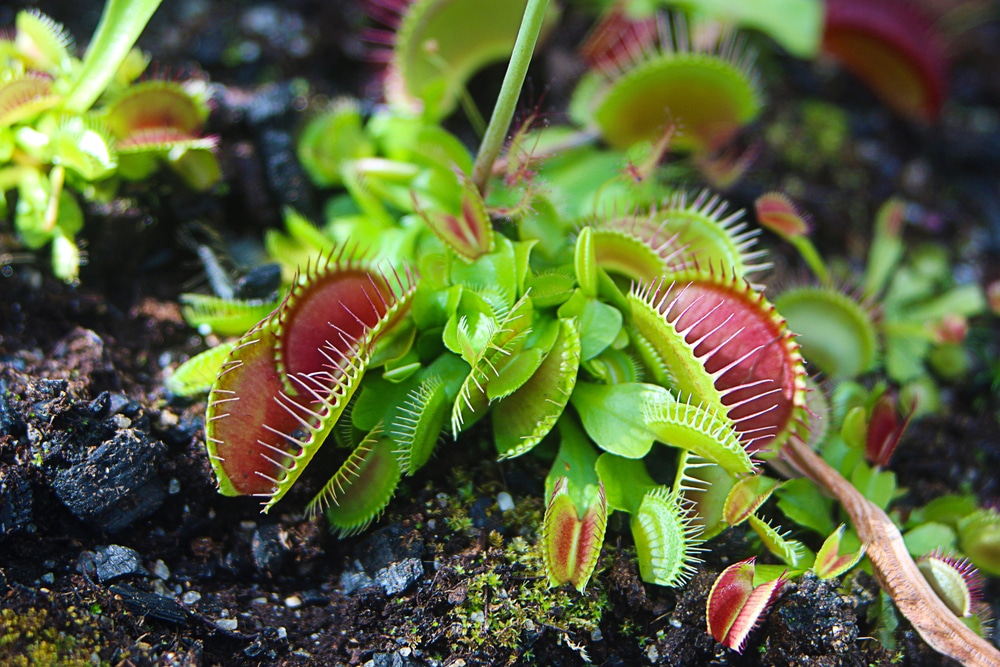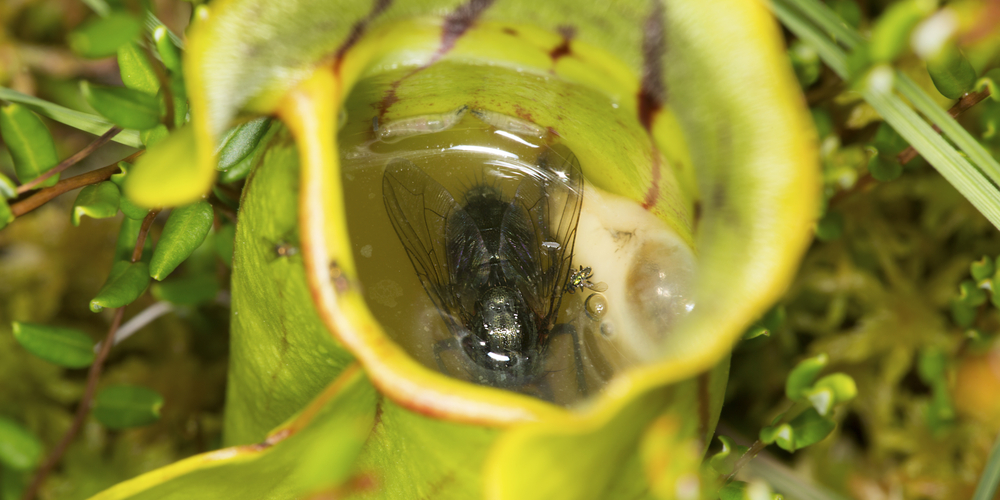Summertime is synonymous with spending time outdoors. Whether barbecuing in the backyard, lounging by the pool, or simply taking a leisurely walk, most of us take advantage of warmer weather by basking in the sun.
But if there’s one thing that can put a damper on outdoor fun, it’s pesky gnats! If you’re looking for some natural ways to keep these nuisances at bay, look no further – here are five plants that eat gnats!
Butterwort (Pinguicula)
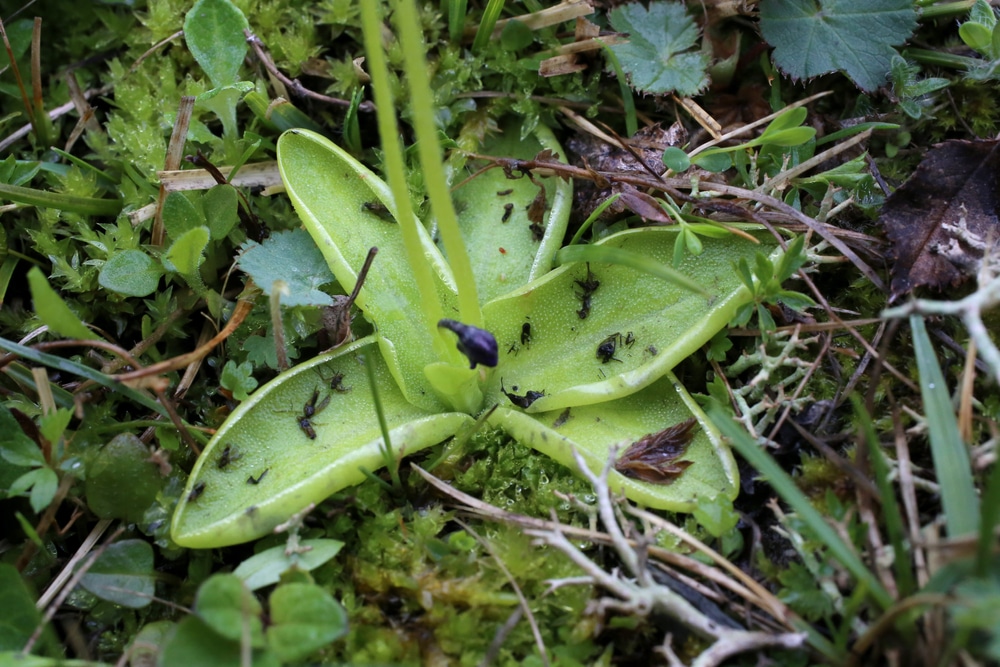
Butterwort (Pinguicula) plants are native to North, Central, and South America, Europe, and Asia. They get their common name from the fact that they produce a sticky substance that traps small insects like gnats. The plants then absorb the nutrients from the insects.
You can find Butterworts in various habitats, including wetlands, bogs, and woodlands. They have leaves that vary in shape, from round to oblong to lance-shaped. The flowers are small and come in various colors, including white, yellow, pink, and purple.
Butterworts are simple plants to care for and make an interesting addition to any garden. However, a butterwort might not be the best option if you’re looking for a decorative houseplant. The sticky leaves will attract dust, dirt, and other small particles that can be a pain to clean.
Sundew (Drosera)
This carnivorous plant will also eat gnats. It is a bit easier to care for than the butterwort, and it has beautiful flowers on top. The sundew will not only trap insects in its sticky leaves but also rely on insects that fall into its leaves to provide them with nutrients.
The leaves on a sundew are covered in tiny hairs that secrete a sweet and sticky substance. Insects that land on these leaves will become trapped in the substance and die. The sundew will then digest the insect and use it as fertilizer.
Sundews are one of the few carnivorous plants you can keep outside in the partial shade. They prefer sandy and moist soil. Sundews are easy to propagate, especially by dividing the plant clumps that grow at the base of the plant.
Dewy Pine (Drosophyllum Lusitanicum)
The dewy pine is a strange-looking plant that grows a sticky substance on its leaves. This substance not only lures in gnats and other flying pests but also resembles a feeding site for their larvae. The larvae will eat the substance and die, and their bodies will then rot away in the soil.
The dewy pine is very easy to care for, and you can place them just about anywhere indoors. It prefers full sun and very little water. However, the plant will die if it becomes too wet, so it is essential to keep it dry. The dewy pine is also very delicate and will die if you knock it over.
Venus Flytraps(Dionaea Muscipula)
What could be more fascinating than a plant that eats insects? The Venus flytrap is one such plant that has captivated people for centuries. These plants are native to North and South Carolina and grow in nutrient-poor soils.
They have evolved to capture and digest gnats and other small insects to survive. When an insect brushes against one of the flytrap’s trigger hairs, the trap snaps shut, sealing the prey inside.
Once the insect is trapped, digestive enzymes are secreted, liquefying the prey so the plant can absorb it. While it may seem like a cruel way to survive, this adaptation allows the Venus flytrap to thrive in otherwise inhospitable conditions.
Pitcher Plant (Nepenthes)
The pitcher plant is a type of plant that eat gnats. The plants get their name from their shape, which resembles a pitcher. You can find Pitcher plants in wet, boggy areas.
The plants have two types of leaves: upper leaves and lower leaves. The upper leaves form a hood over the pitcher. The lower leaves are long and narrow, forming the pitcher’s body.
The pitcher plant traps insects in the pitcher. Then, the plants digest the insects and absorb their nutrients. Pitcher plants are unique among plants because they can trap and digest animals.
Most plants get their nutrients from the soil. Pitcher plants are just one example of the many strange and beautiful plants you can find in nature.
Conclusion
If you’re looking for a low-maintenance way to get rid of pesky gnats or other common garden insects, look no further than these five plants that eat gnats. They will take care of the problem for you and make great additions to your garden or home décor. Have you tried any of these plants to get rid of gnats? Let us know in the comments!
